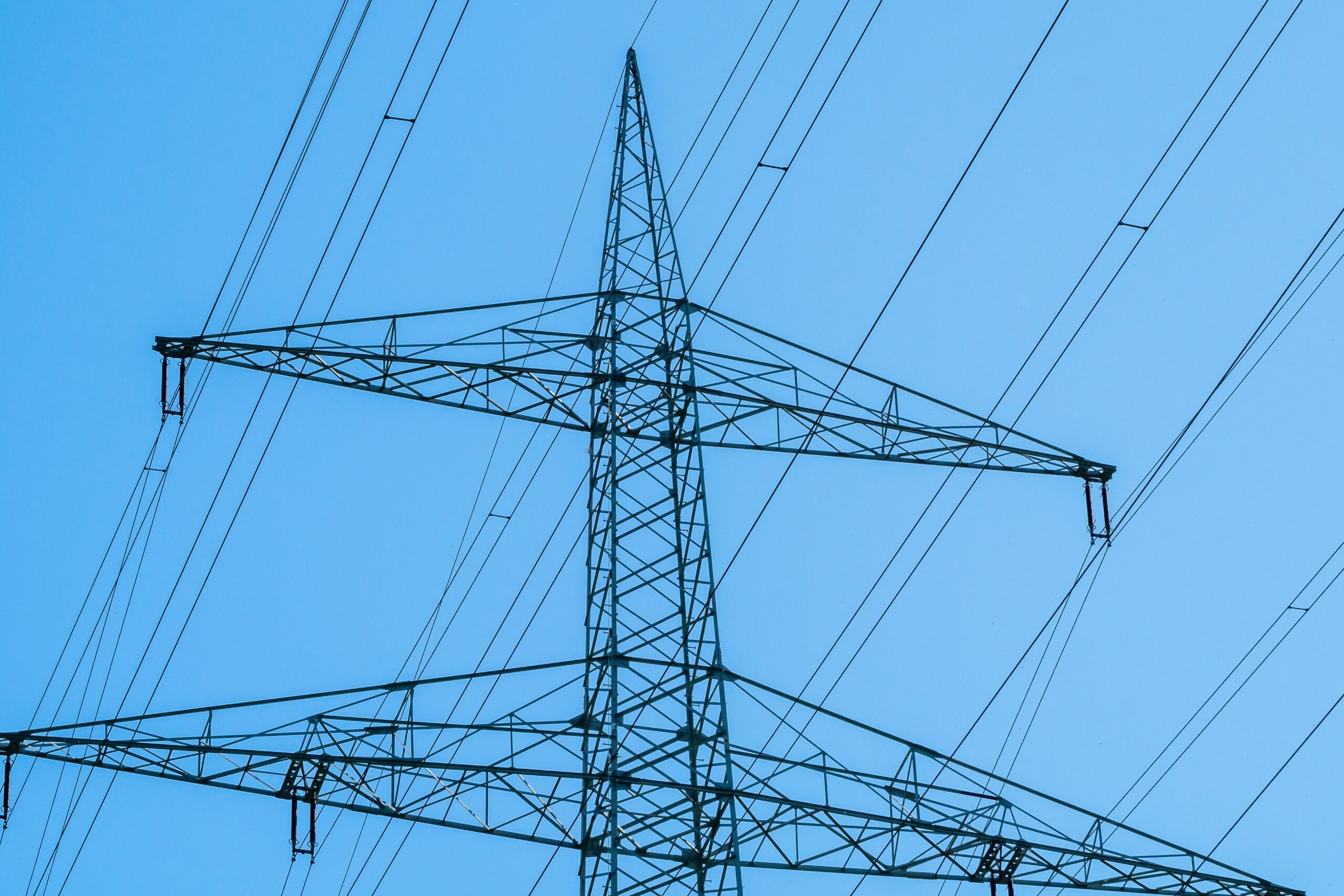If you’ve planned a solar project for your home and you have a homeowners association (HOA) in your neighborhood, it’s possible you’ll be asked to submit some paperwork for approval. Some typical questions they’ll ask are about the placement and type of panels, where the conduit will be, and what the timetable will be. Here are some easy cut-and-paste replies to which you can add specifics with the help of your salesperson or project manager.
First, before you even start your application, it’s good to arm yourself with some basic facts. For example, many people—including HOA members—aren’t aware that there are laws governing how much an HOA can control your solar project. It can also help to explain the basic reasons why a solar design needs to stay intact in order to produce optimal energy and cost savings. That way you can educate the HOA members, and hopefully spread the good word about solar throughout your neighborhood.
Next, when it’s time for you to apply for HOA approval, make sure to include all of the pertinent information about your specific project. One of the first things to include are the datasheets for your equipment. We’ll supply that information when the time comes, and we’ll also let you know when in the process to apply for approval.
Beyond that, you’ll want to submit your design, which we will provide. Along with the design, add this text:
Following Virginia Law § 67-701: Covenants regarding solar power and homeowners associations we present the following design.
(Copy and paste the image of your home’s solar design here.)
Next, you’ll include the following text, with any changes or differences specific to your project. For example, if your panels will only be on the back of the house, include that information here.
Solar panel placement and appearance: The solar panels are black on black – monocrystalline black solar cells on a black background – that will show as a sleek aesthetic surface on all arrays.
The solar panels will be parallel to the roof surfaces. The solar panels will create a symmetrical and aesthetically pleasing design with minimum visual impact on surrounding residences. The panels will not protrude above the home’s ridgeline.
The solar panels will all be the same size and will be flush-mounted to the existing roof, and will not exceed more than 4-inches above the roof deck.
All inverters will be hidden underneath the solar panels and attached to the racking on the roof. No inverters will be visible from any part of the array.
Conduit Run: All external wiring and cabling will be inconspicuously routed along the natural edge lines of the house, fastened to the home structure every 10 feet as per building codes, and hidden whenever possible.
When possible, we plan to have all wiring connections combined within the main attic space. The power will then be run from the roof’s soffit, under the gutter, alongside the home’s gutter nearest the main breaker panel. This will minimize the conduit as much as possible and provide a cover so the conduit should not be visible from the front yard. The conduit will be standard 1-inch EMP metal.
Timetable: We are ready to proceed with the project. Once HOA approval is obtained, we expect the project will take a few months to complete. Also, we intend to take advantage of the 26% federal tax credit available to homeowners who meet the criteria in 2022. Accordingly, we would appreciate the Committee’s prompt review of this plan.
Our installer, Ipsun Solar, is a very experienced solar project installer. If the Committee would like to speak with our project representative at Ipsun Solar, we would be happy to put you in touch with them. Ipsun Solar is very experienced working with and supporting HOAs and would be happy to share with you how other HOAs have handled residential solar projects.
Example Solar Array Installed: If Needed
Hopefully, if you follow this template it should do the trick, and you’ll soon be on your way to producing your own power! This cut-and-paste guide should help you easily prepare your application for your HOA–but of course, some HOAs are more stringent than others, and we are happy to help you navigate the process if it becomes an issue. We’re always here to help so reach out if you need us!




